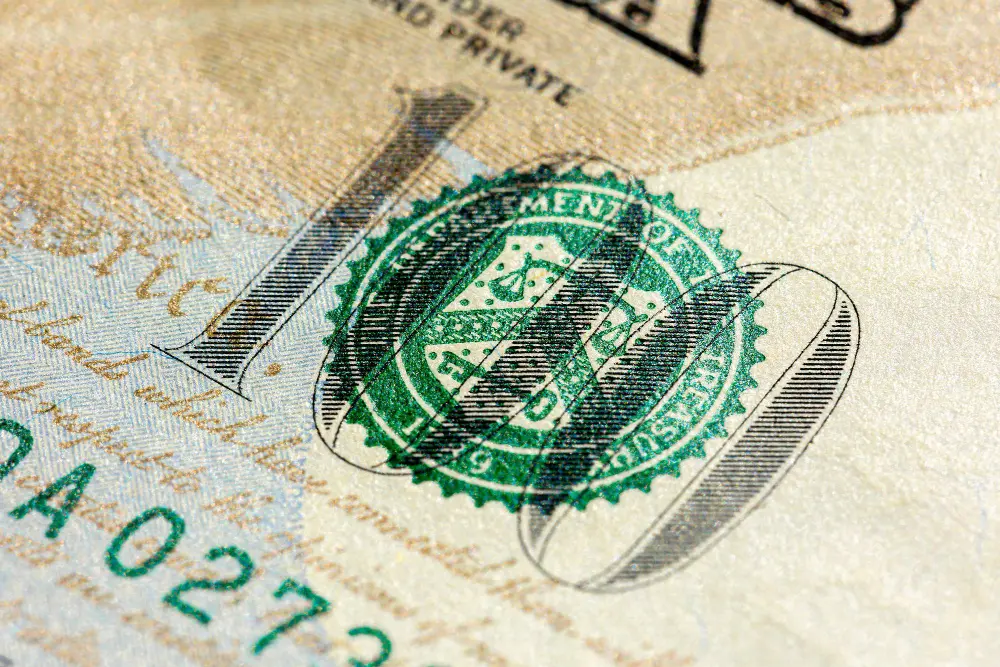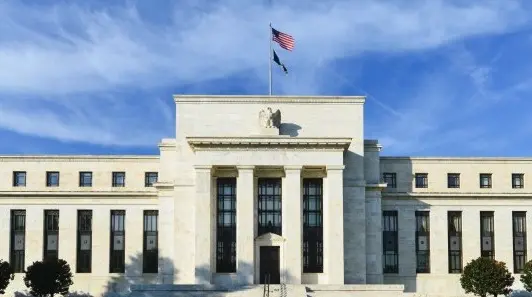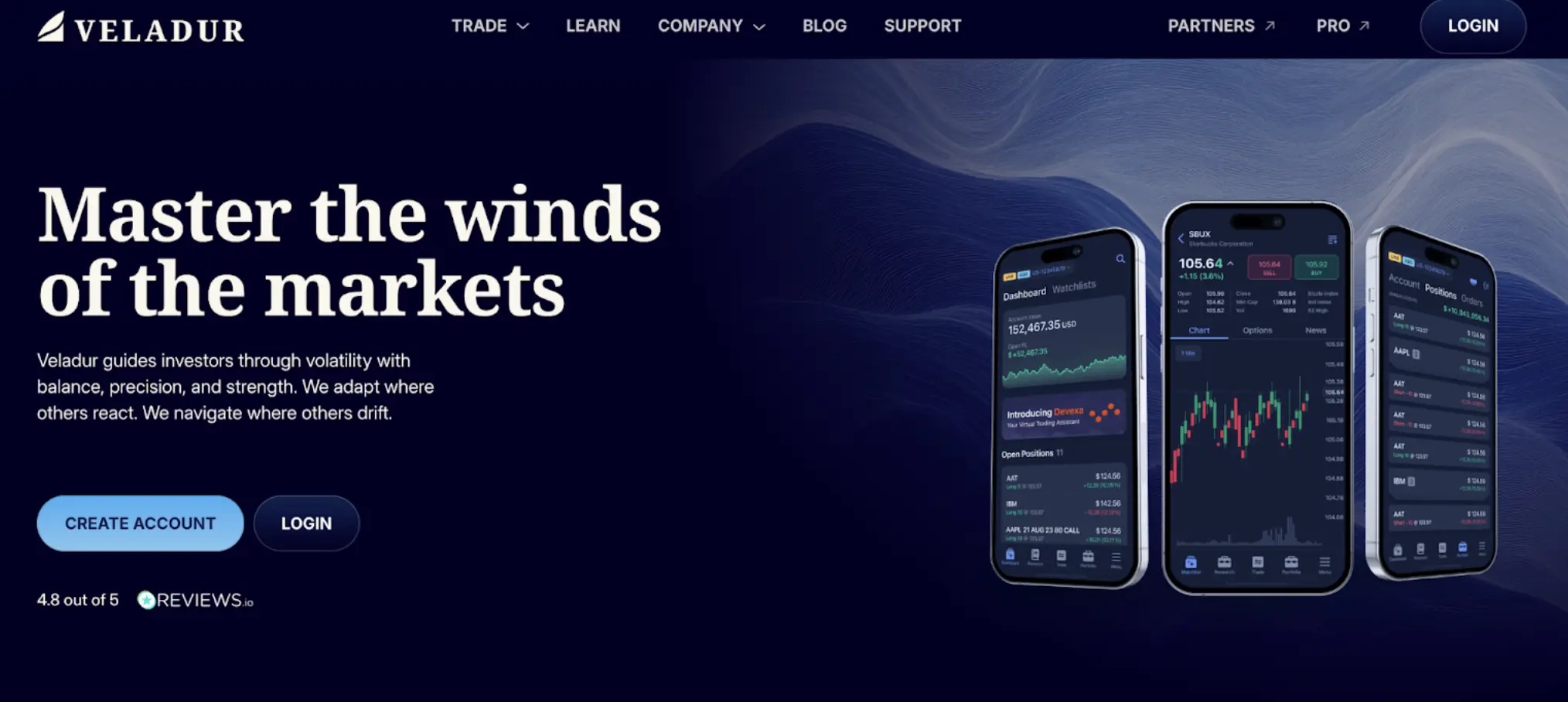• Our base case targets USD 3,200/oz across our forecast horizon, but we acknowledge that if trade and geopolitical risks deepen, our upside case of USD 3,500/oz cannot be ruled out. We reiterate our preference for the metal, and stay long in our global asset strategy.


Global inflows for gold exchange traded funds (ETFs) reached first-quarter highs, with all major regions contributing to the lift in holdings. As we await final March data, we calculate inflows of around 130–150 metric tons 1Q25, which contrasts starkly with outflows of around 114 tons in 1Q24. In fact, the first quarter represents the strongest demand for gold ETFs since the start of the war in Ukraine (1Q22) despite total holdings remaining 730-750 metric tons below the 2020 peak. Several factors and market dynamics drove the renewed investor appetite for gold ETFs. First, trade and economic uncertainties spiked as global investors grappled with fears of stagflation, recession risks, and geopolitical tensions. In other words, gold’s role as a hedge against tail risks is back at the forefront of investors' minds. US bond yields also declined in 1Q25, relieving some pressure on gold.


Second, beyond the safe-haven demand, we see signs of a rise in more longer-term allocations to gold by investors. With central banks buying gold at a record pace of over 1,000 metric tons over the last three consecutive years and the USD facing debasement risks, private investors appear to be following suit by boosting gold exposure. Overall, this reversal of the multi-year ETF redemption cycle alongside ongoing central bank gold purchases and strong retail coin/bar demand can be seen as a bullish shift for the gold market broadly.
We retain our gold price target of USD 3,200/oz across our forecast horizon, and remain long the metal in our global and Asian strategies. But we also acknowledge that prices could shift into our upside scenario of USD 3,500/oz if tariff-related or geopolitical risks rise to the point of negatively impacting US and global economic prospects. Longer term, our analysis shows that around 5% allocation to gold within a USD balanced portfolio is optimal from a diversification standpoint.

















































































